The name alone is a good indicator that cannabinoids matter in cannabis. In fact, the compound is so important that even three-letter abbreviations like THC and CBD are part of the cultural lexicon.
However, while many are comfortable talking about them, understanding what “cannabinoids” are and the impact they have – on the plant, on the user, on the effect – is a far deeper discussion.
In this third and final part in the series about the “entourage effect” after terpenes and flavonoids, let’s dive into the wonderful world of cannabinoids and their vital role in cannabis.
Hundreds of Cannabinoids, Hundreds of Variants
First, what are cannabinoids? Cannabinoids represent a group of organic molecules primarily derived from and linked to various species within the cannabis genus, such as sativa, indica, and ruderalis. These compounds affect humans by binding to cannabinoid receptors in the body and brain known as the endocannabinoid system. There are over 100 cannabinoids identified in cannabis, including both psychoactive and non-psychoactive cannabinoids, producing different effects.
The duality of cannabinoids is especially evident in two of its most famous variants. THC – tetrahydrocannabinol – produces the psychoactive responses for which cannabis is well known. This includes euphoria, enhancement of sensory perception, and difficulties in concentration. Meanwhile, CBD – cannabidiol – is non-psychoactive but recognized for natural pain-relieving and relaxing effects, making it a popular and growing wellness tool.
However, as mentioned, there are far more cannabinoids than these two. CBG, CBC, CBDV, THCV, CBN, and many more are present in the plant. These, too, offer varying effects. The former, CBG, is regarded for its anti-bacterial and anti-inflammatory properties. The latter, CBN, is mildly psychoactive and used as a relaxant, sleep aid, and anti-convulsant.
Armed with this information, it’s important to choose the right cannabinoid for the right moment.
And What About The Entourage Effect?
It almost goes without saying that cannabinoids have a long history of recreational and medicinal consumption. Researchers are still only scratching the surface of how these compounds work within the cannabis plant and the human body to produce their effects. Nonetheless, emerging research does give credence to the idea that the impact of cannabinoids is elevated by the entourage effect.
Experts believe that cannabinoids work in concert with flavanoids and terpenes to enhance the therapeutic potential of the plant. Each component possesses unique properties that, when combined, create a harmonious and holistic impact. The entourage effect posits that the sum is far greater than its parts.
Therefore, not only will the primary cannabinoid make a difference in your “high”, but so will the presence of flavonoids and terpenes. And, as mentioned in my other pieces, there are entire families of compounds also residing under these subsets. From chalcones to flavones in flavonoids, and pinene and humelene in terpenes, there is a multitude of variations that contribute to different entourage effects. Ideally, with more time and application, product development will be able to pinpoint specific combinations of cannabinoids, terpenes, and flavonoids for specific outcomes.
What You Need To Know
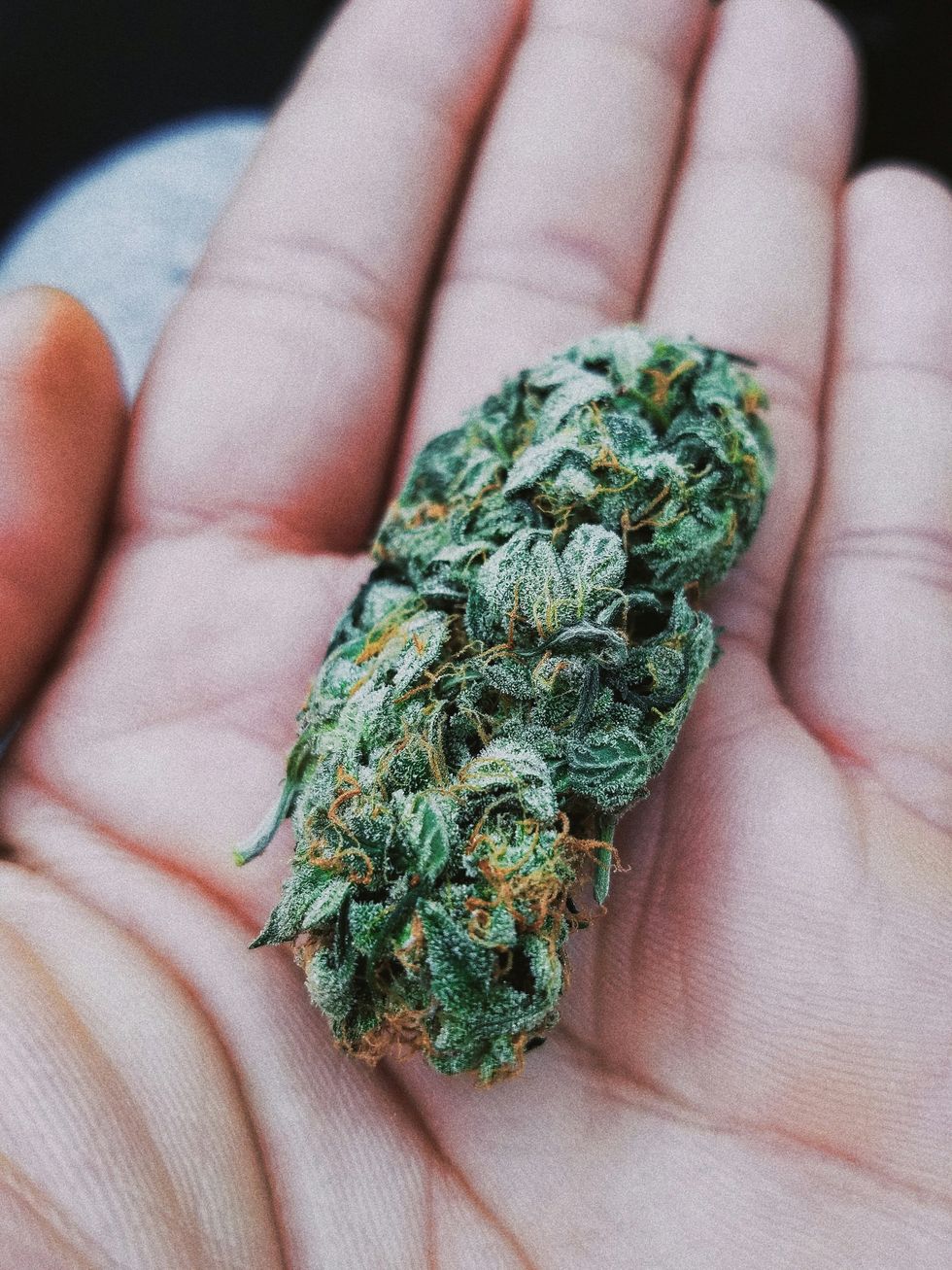
For the moment, limited research and personal preferences mean that it’s up to the individual to chart their path toward entourage effect experimentation. For a cannabinoid like THC, shop around for different strains with higher levels of terpenes or flavonoids. For example, Sour Diesel counts high levels of the terpenes myrcene and limonene. Meanwhile, Granddaddy Purple gets its distinctive color thanks to a higher concentration of flavonoids. Start low, go slow, and see what combination works best for you.
For the other main cannabinoid, CBD, choose full-spectrum extracts. This is because these products contain all of the compounds of the cannabis plant (and therefore all the elements to make possible the entourage effect). Researchers noted this in a landmark clinical trial in 2022 about how high-CBD, full-spectrum oil helped with anxiety.
Not only did the study find a “significant reduction” in anxiety levels after just one week, but the results were achieved at a much lower dose of CBD than in previous clinical trials. The targeted daily dose of 30mg of full-spectrum oil was ten times lower than that of a previous trial using extracted CBD isolate.
Researchers in this clinical trial believe the entourage effect explains the difference in dose effectiveness. They reported: “While few studies have directly compared full-spectrum and single extracted products, research suggests that for some conditions, full-spectrum products may yield therapeutic response at lower doses and with fewer side effects.”
Again, experiment carefully and see how the effect of your preferred cannabinoid changes under the influence of higher or lower levels of terpenes and flavonoids. Variety is both the spice of life and cannabis – use this information and see how it changes your interaction with the plant.
At the very least, you’ll now be better informed when referring to your favorite three- or four-letter cannabinoid abbreviation.
This article contribution is by Scott Mazza, Co-Founder of Vitality CBD
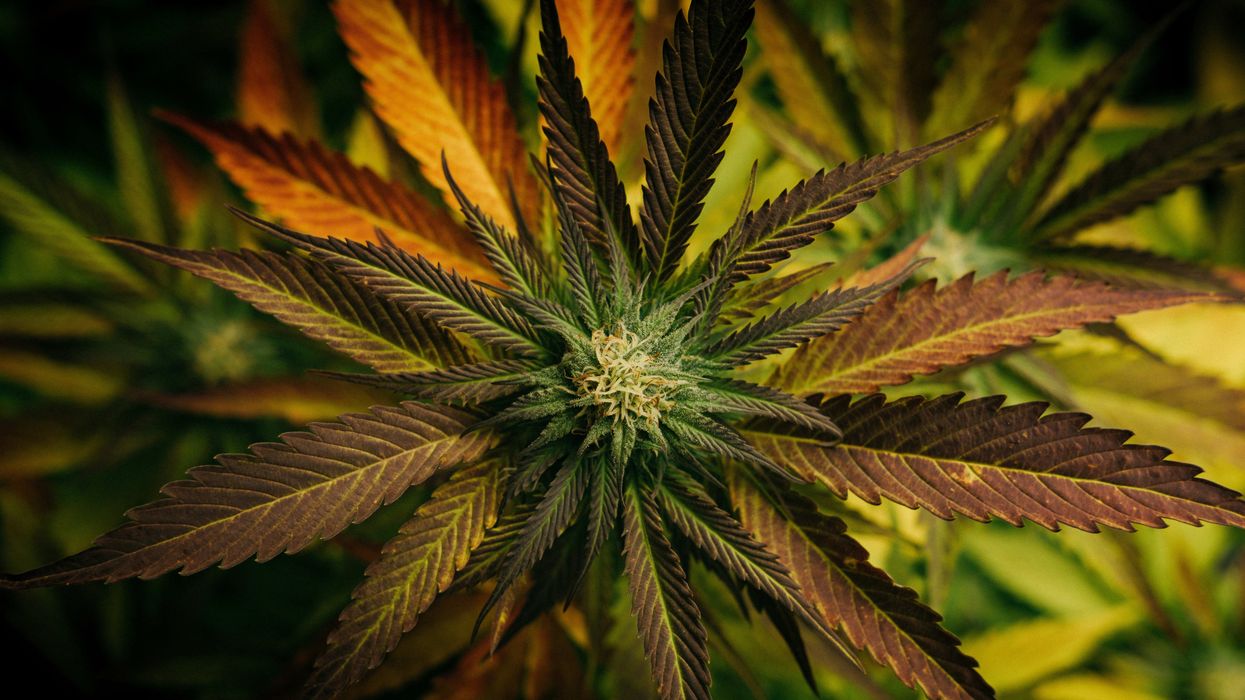

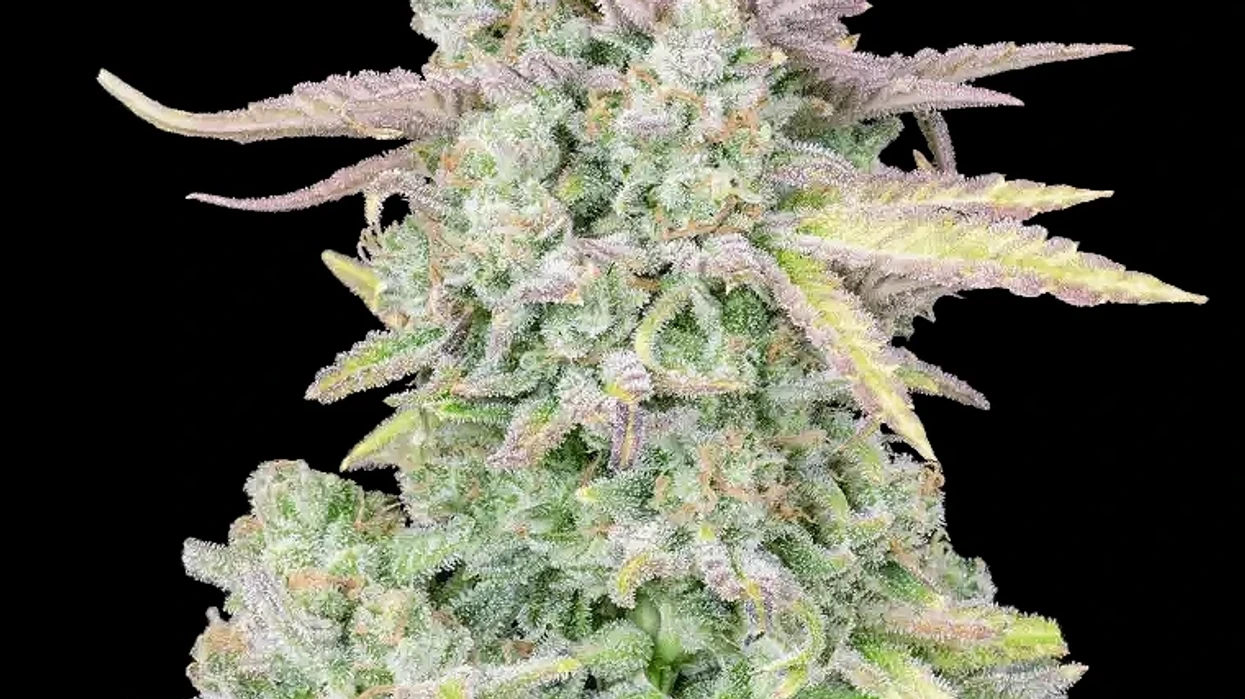

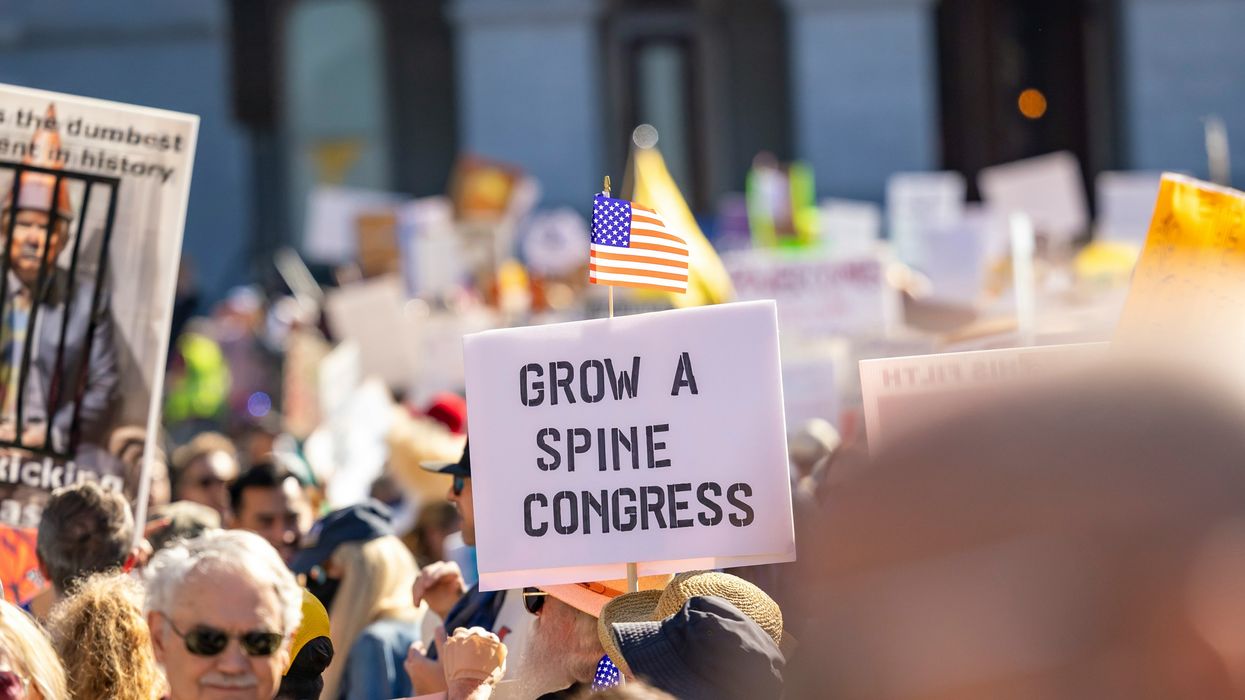

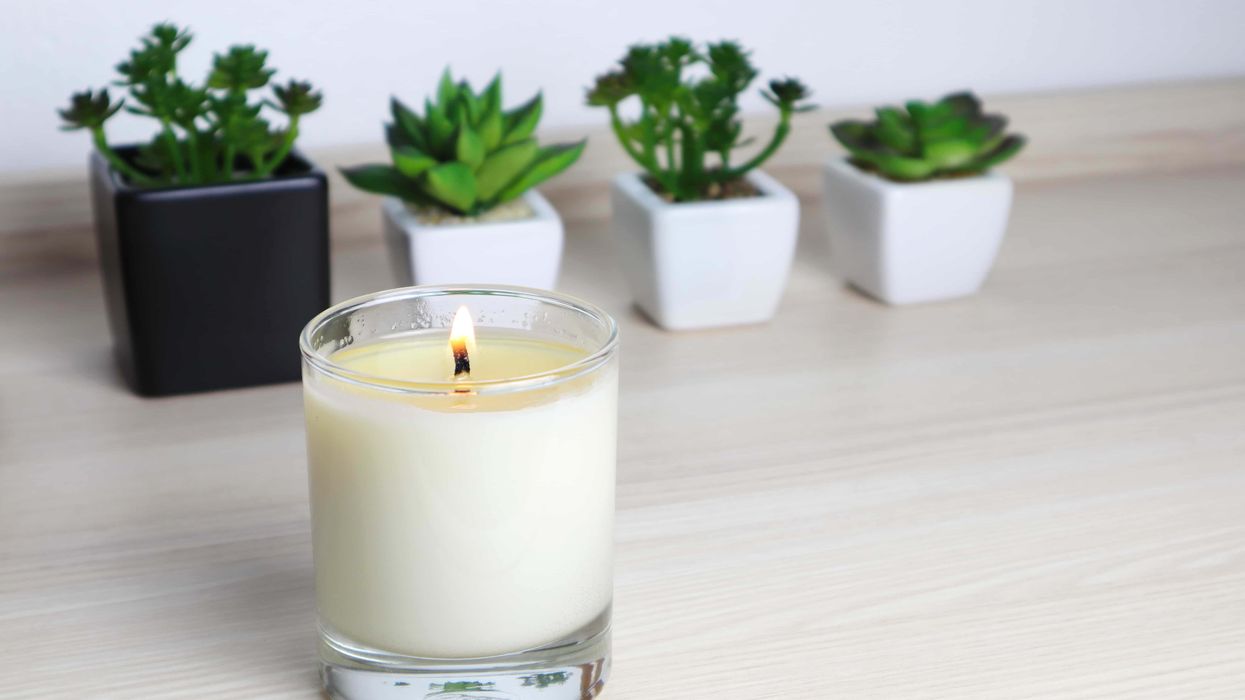
 The Truth About THC Candle: Cannabis Candles & How to Make Your Own - The Bluntness
Photo by
The Truth About THC Candle: Cannabis Candles & How to Make Your Own - The Bluntness
Photo by 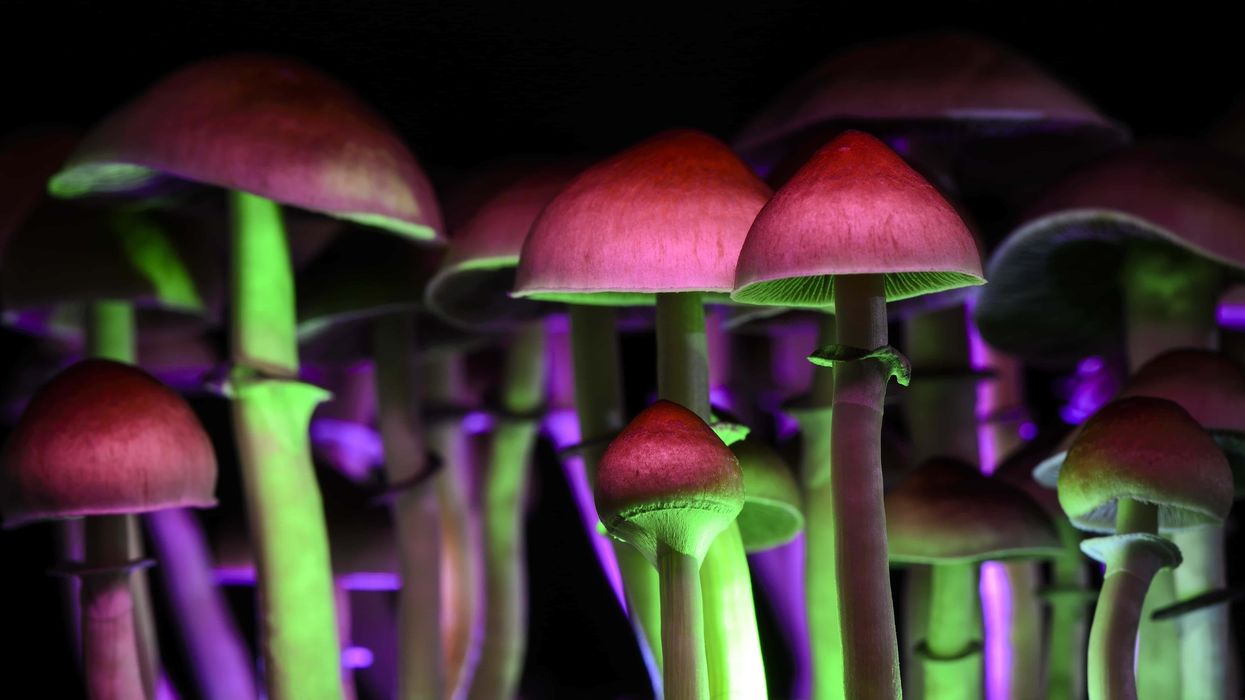
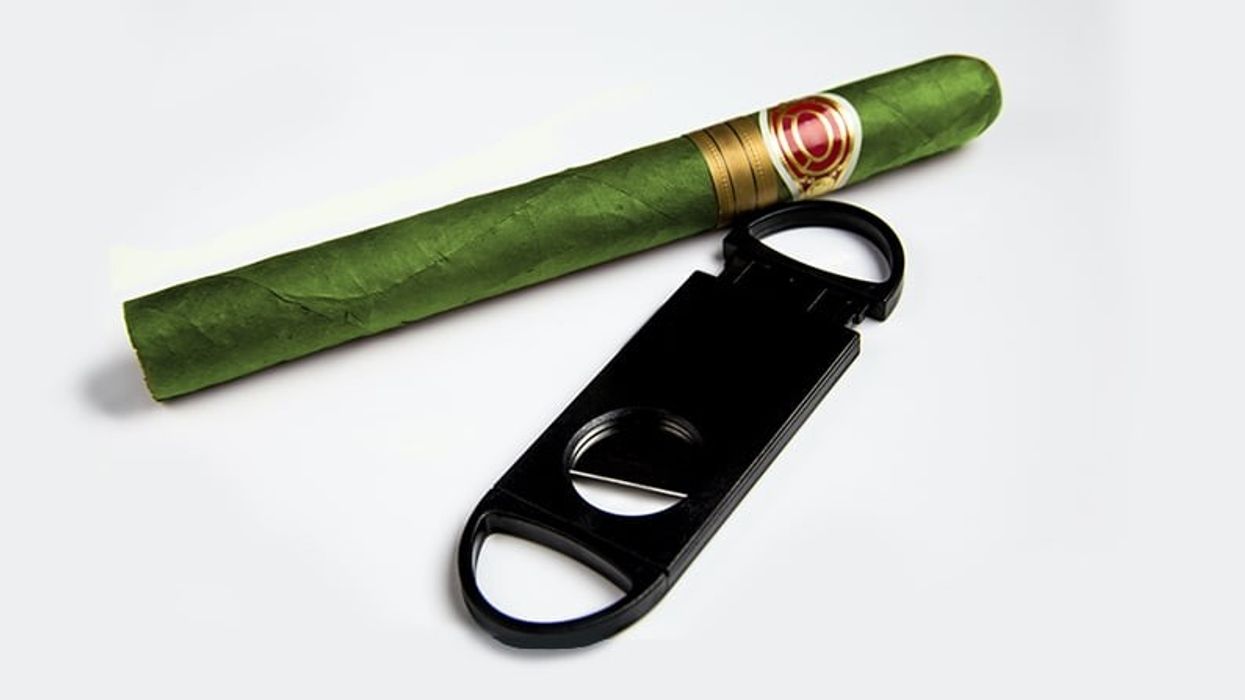
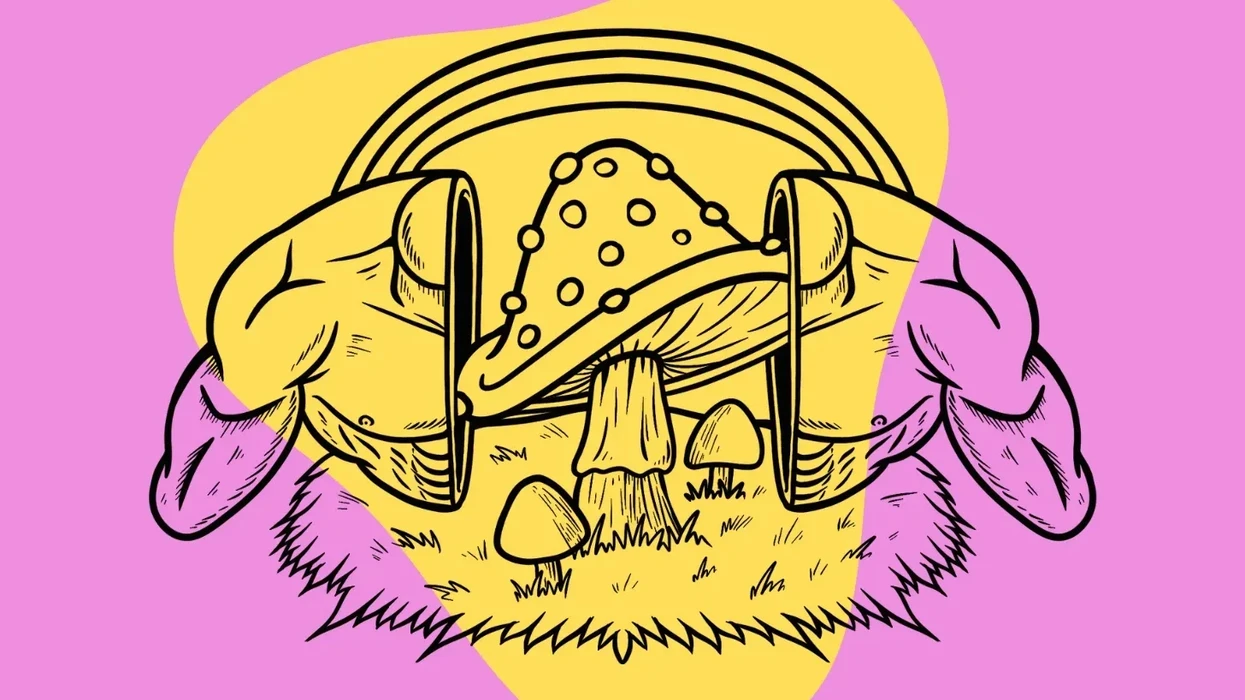
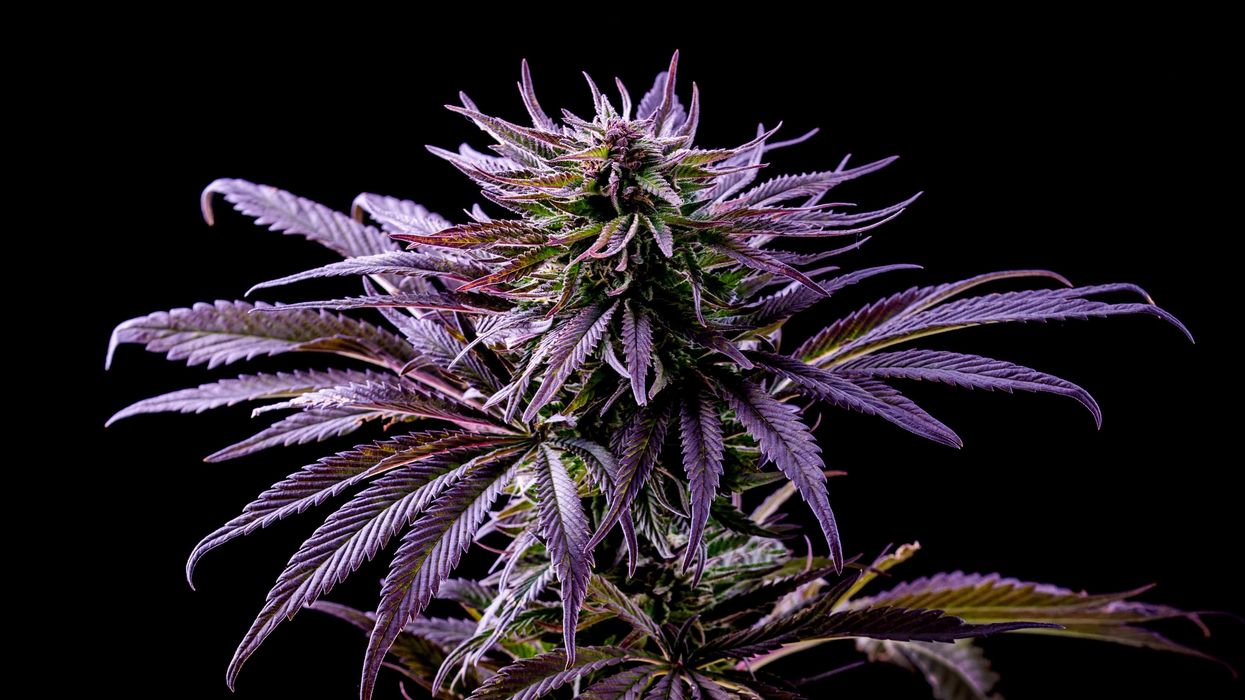
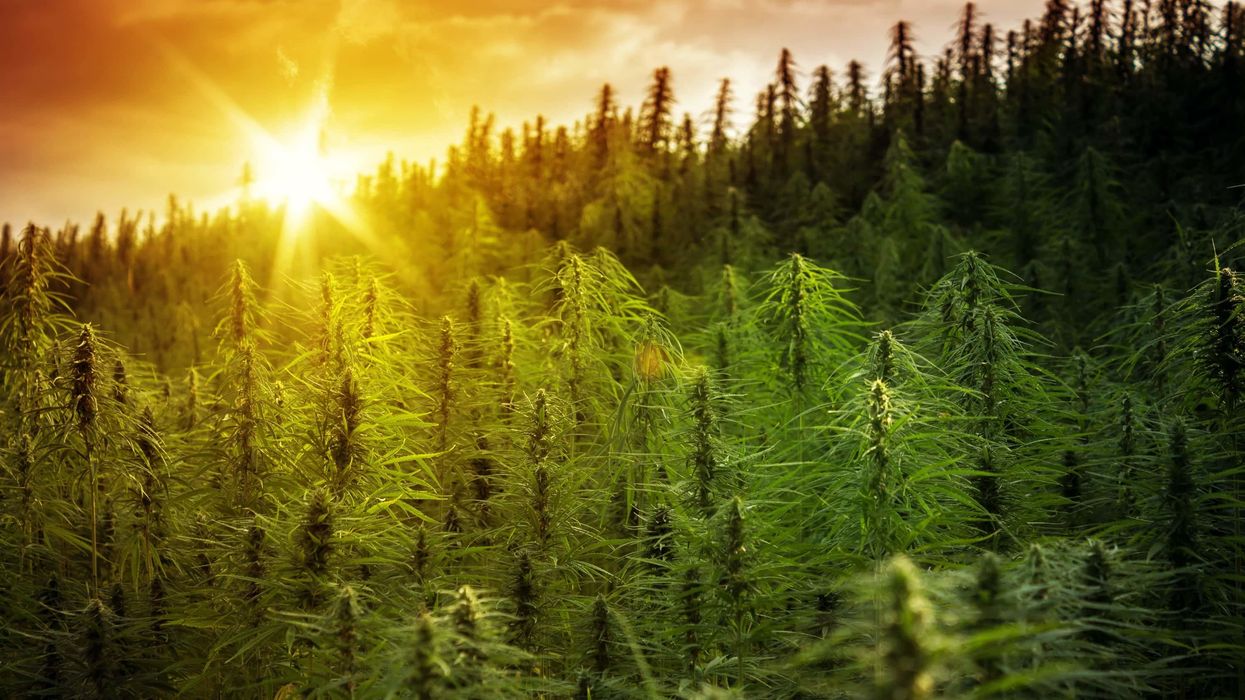
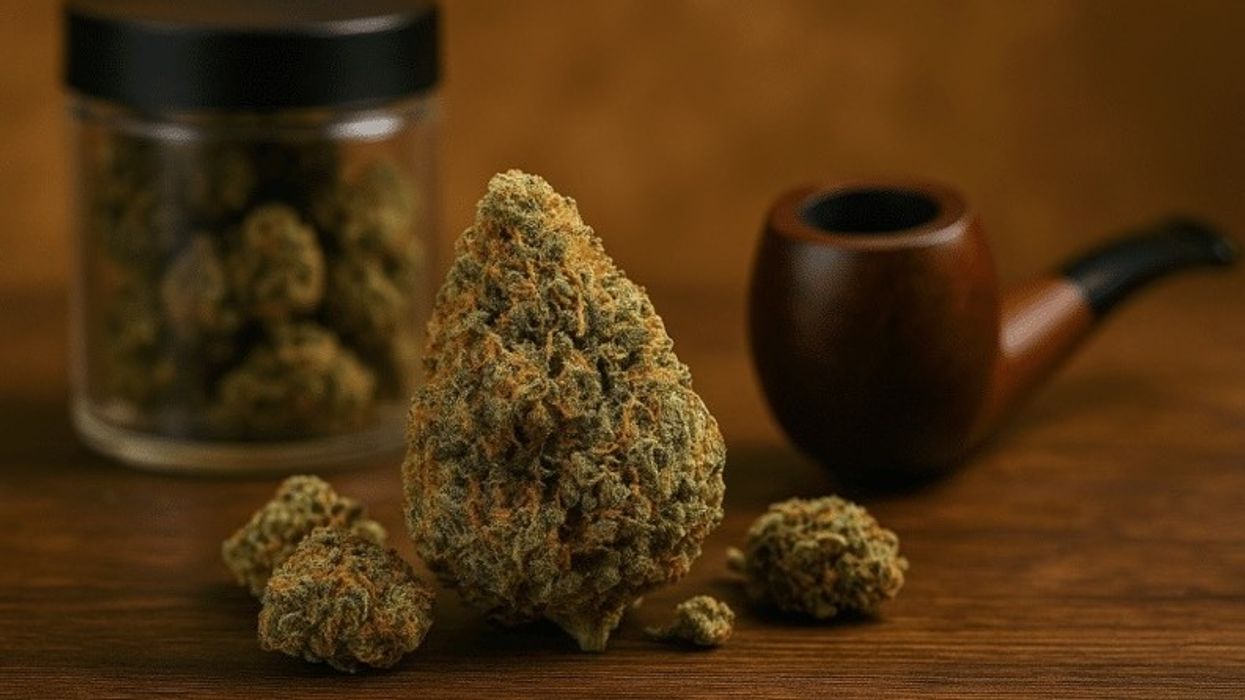
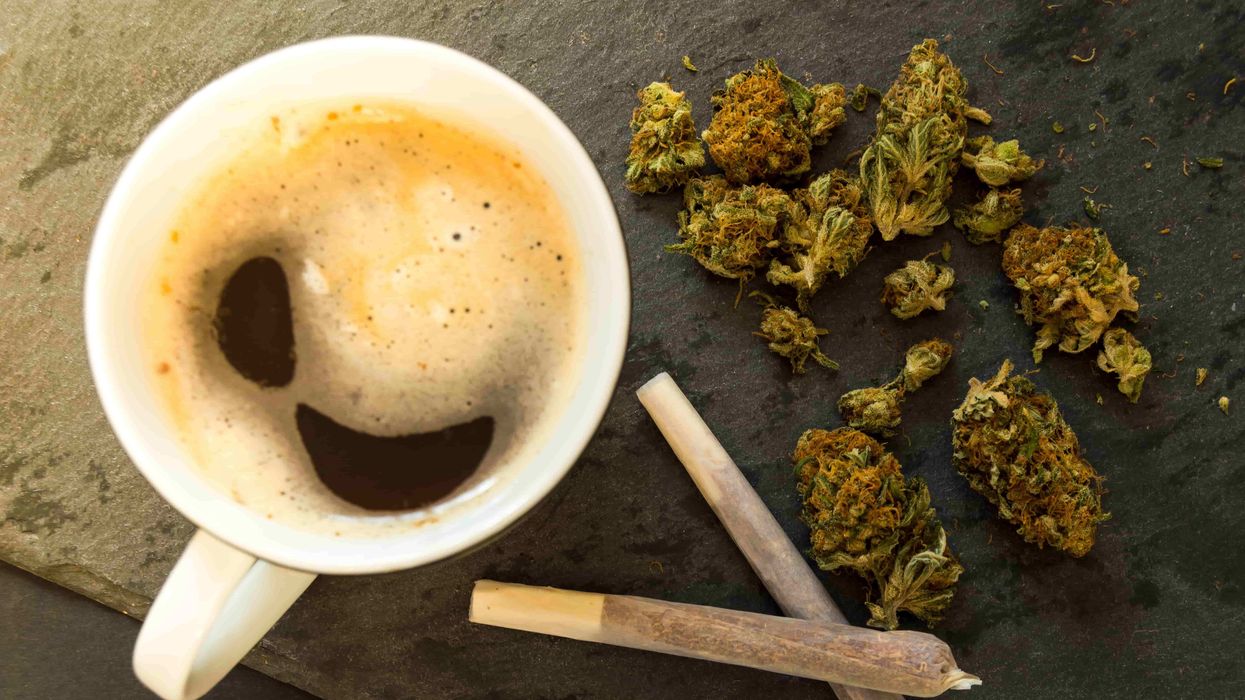
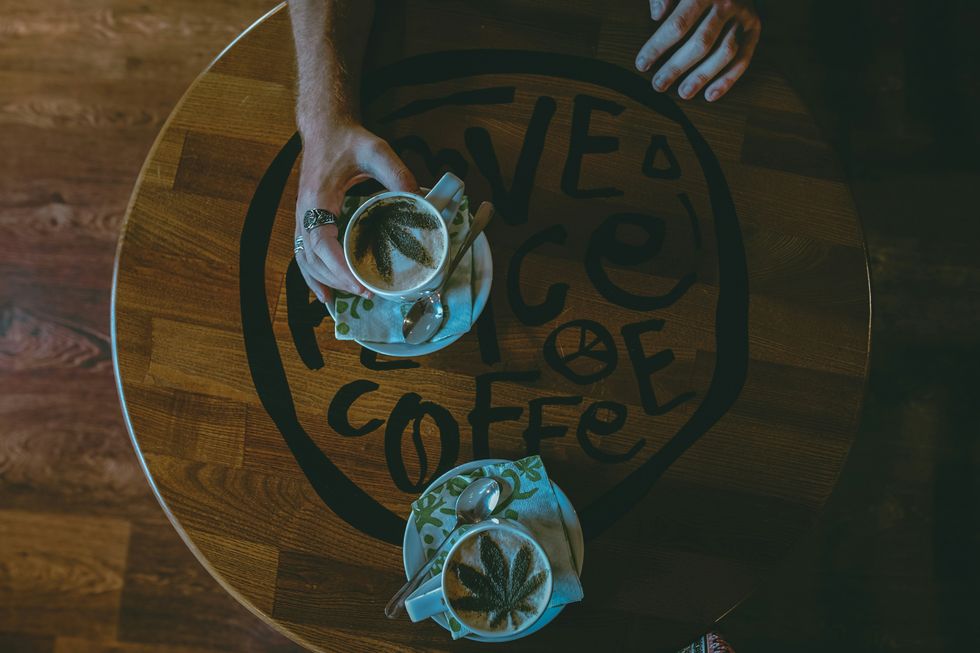 Coffee & Weed: A Modern Spin on the Hippie Speedball - The Bluntness
Photo by
Coffee & Weed: A Modern Spin on the Hippie Speedball - The Bluntness
Photo by 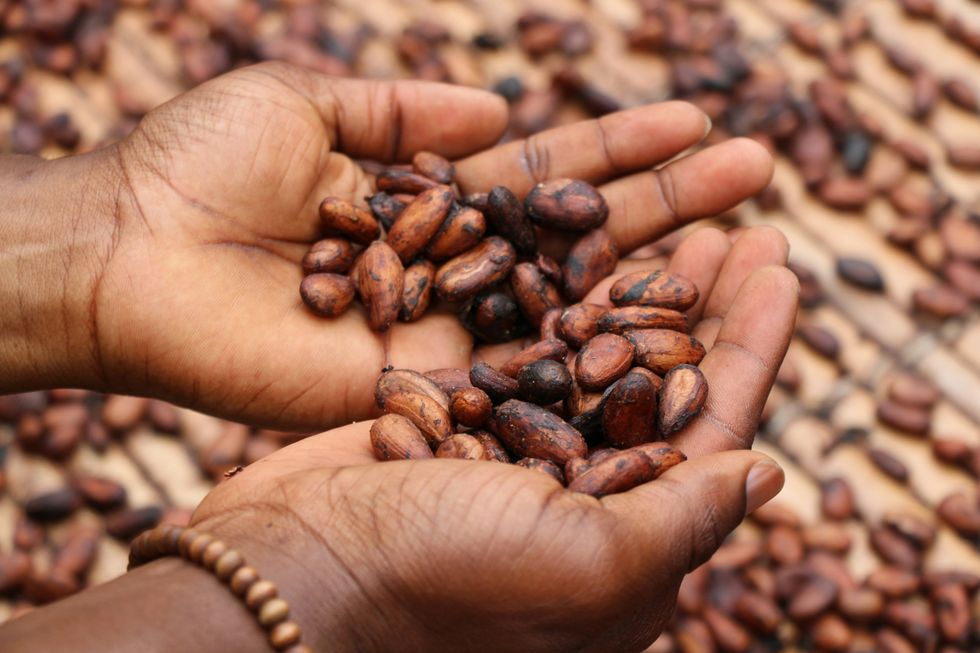 Coffee & Weed: A Modern Spin on the Hippie Speedball - The Bluntness
Photo by
Coffee & Weed: A Modern Spin on the Hippie Speedball - The Bluntness
Photo by 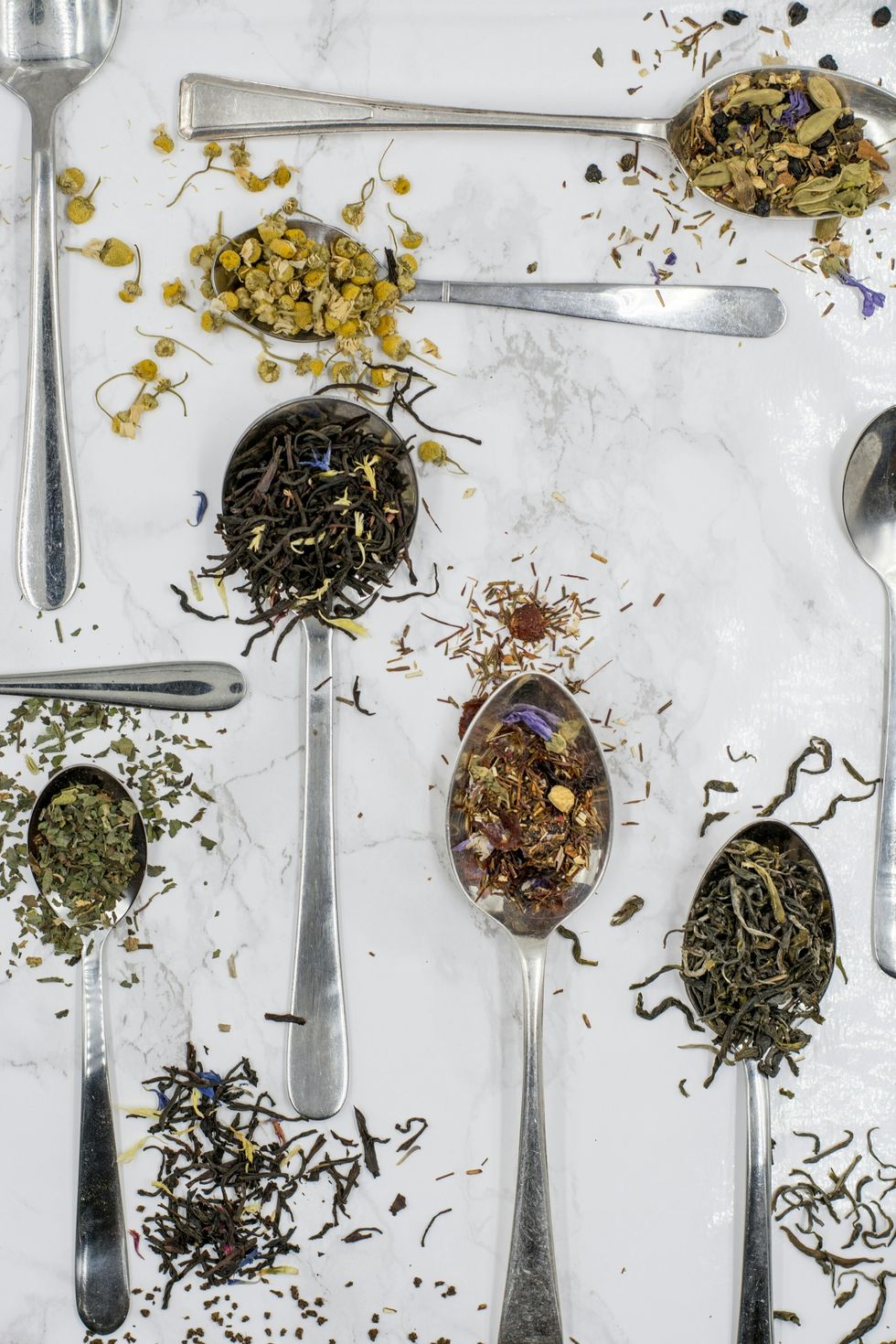 Coffee & Weed: A Modern Spin on the Hippie Speedball - The Bluntness
Photo by
Coffee & Weed: A Modern Spin on the Hippie Speedball - The Bluntness
Photo by 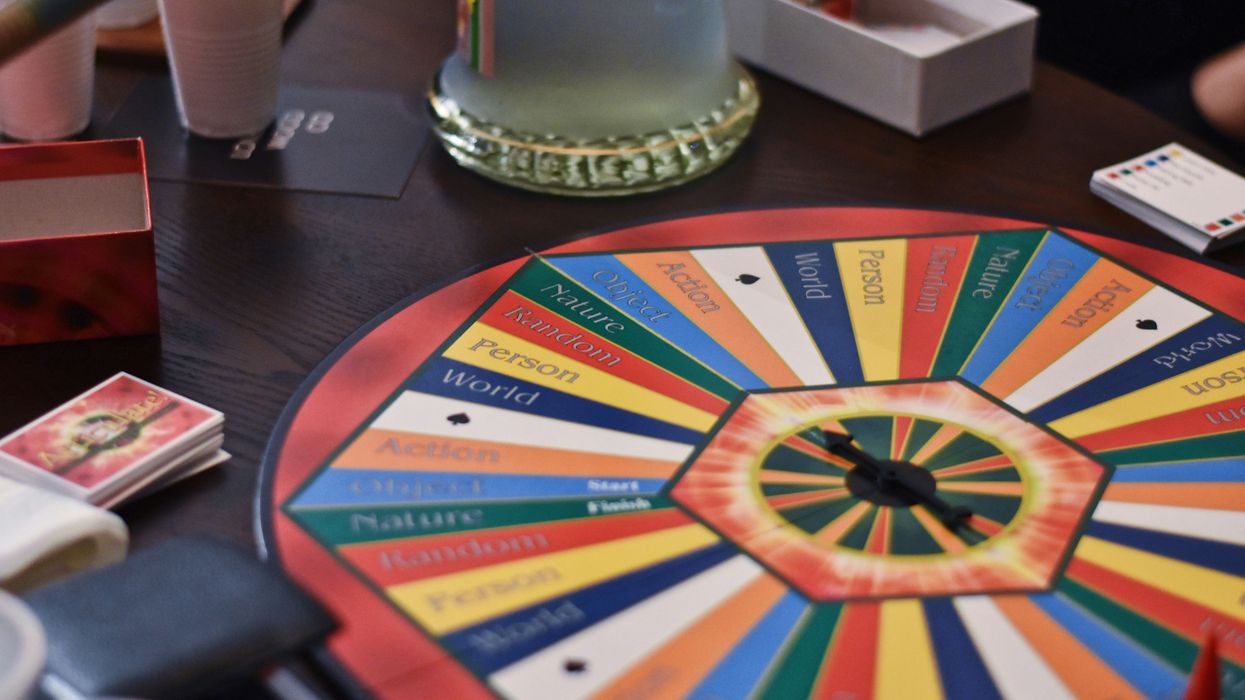
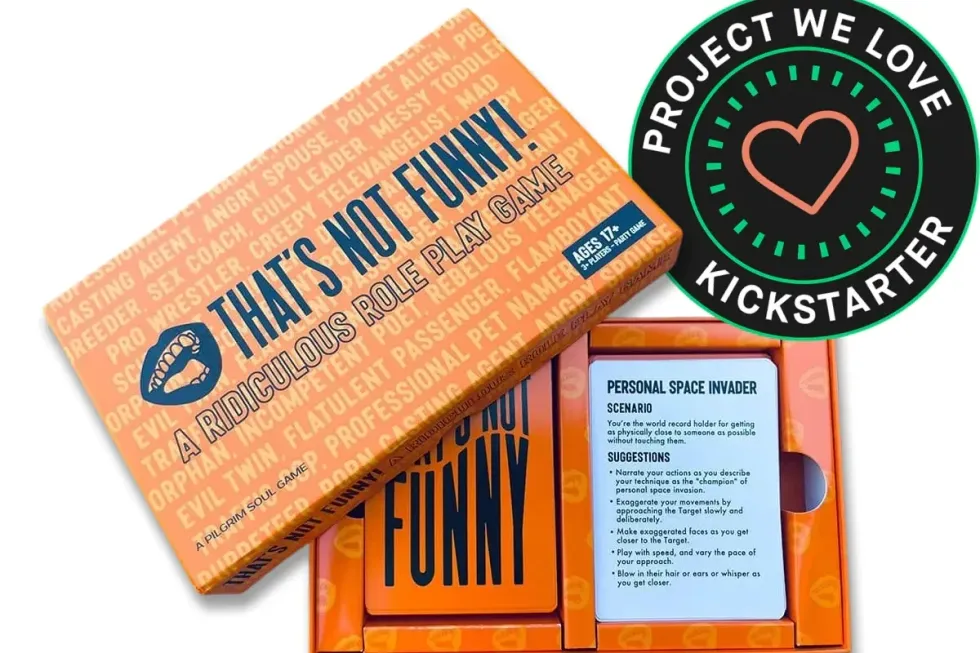
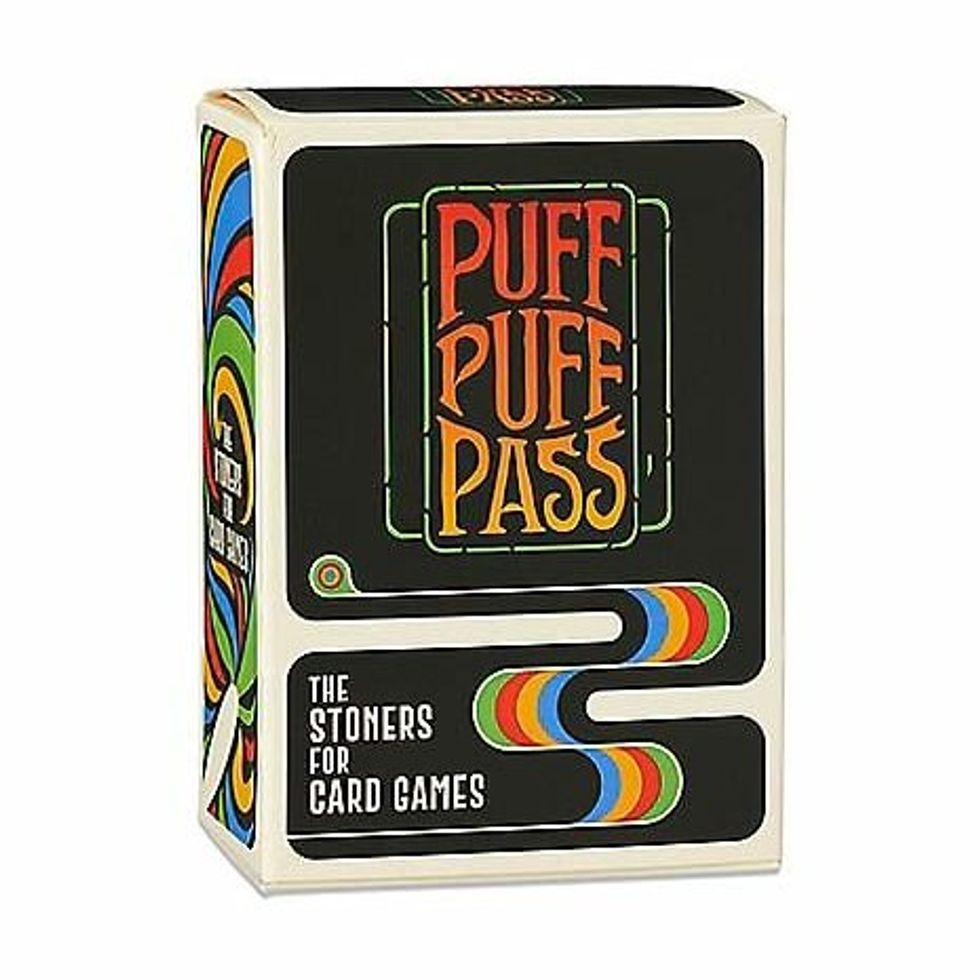
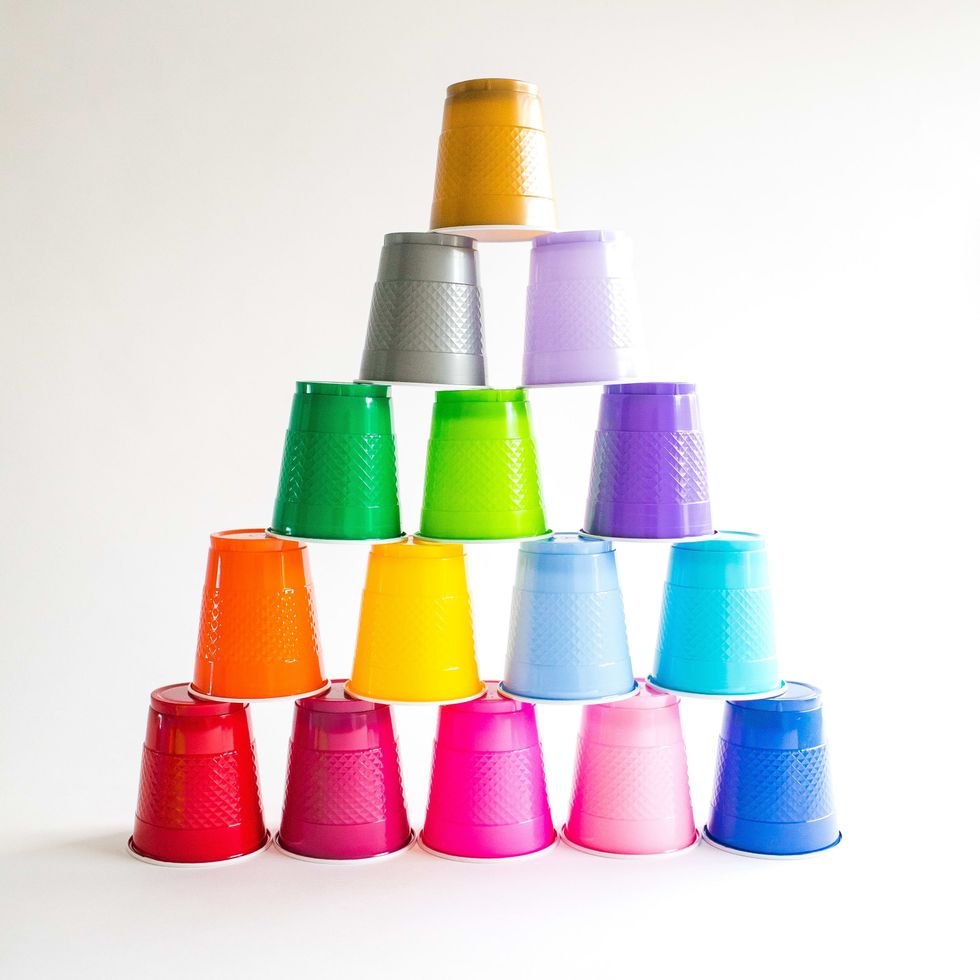
 Best Weed Smoking Games to Try - Jammin'
Best Weed Smoking Games to Try - Jammin'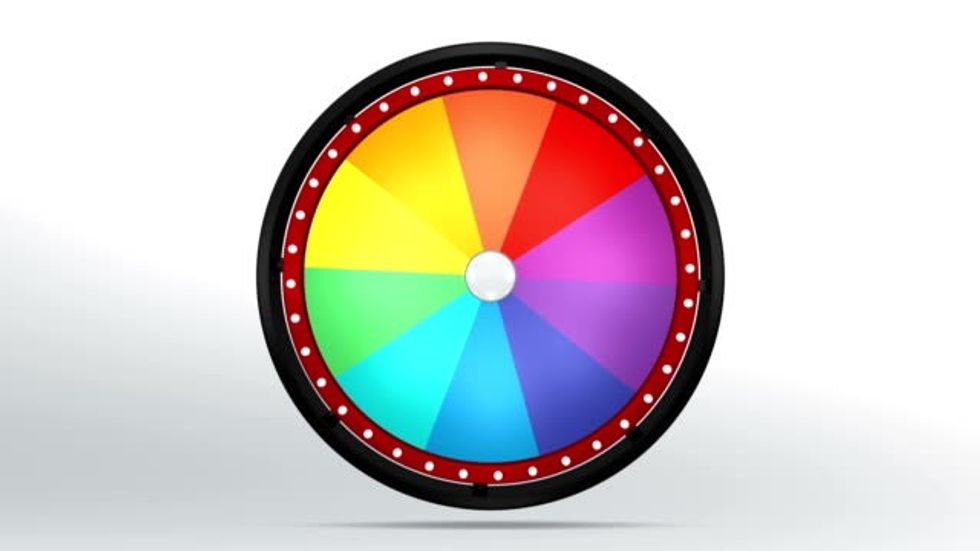 The 31 Best Weed Smoking Games To Try
The 31 Best Weed Smoking Games To Try The Best Weed Smoking Games
The Best Weed Smoking Games The Best Weed Smoking Games to Try
The Best Weed Smoking Games to Try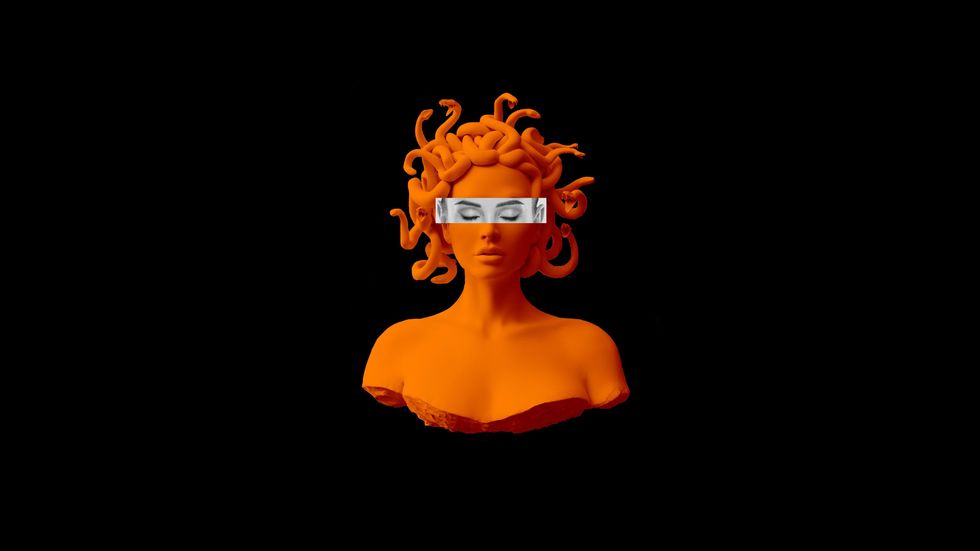
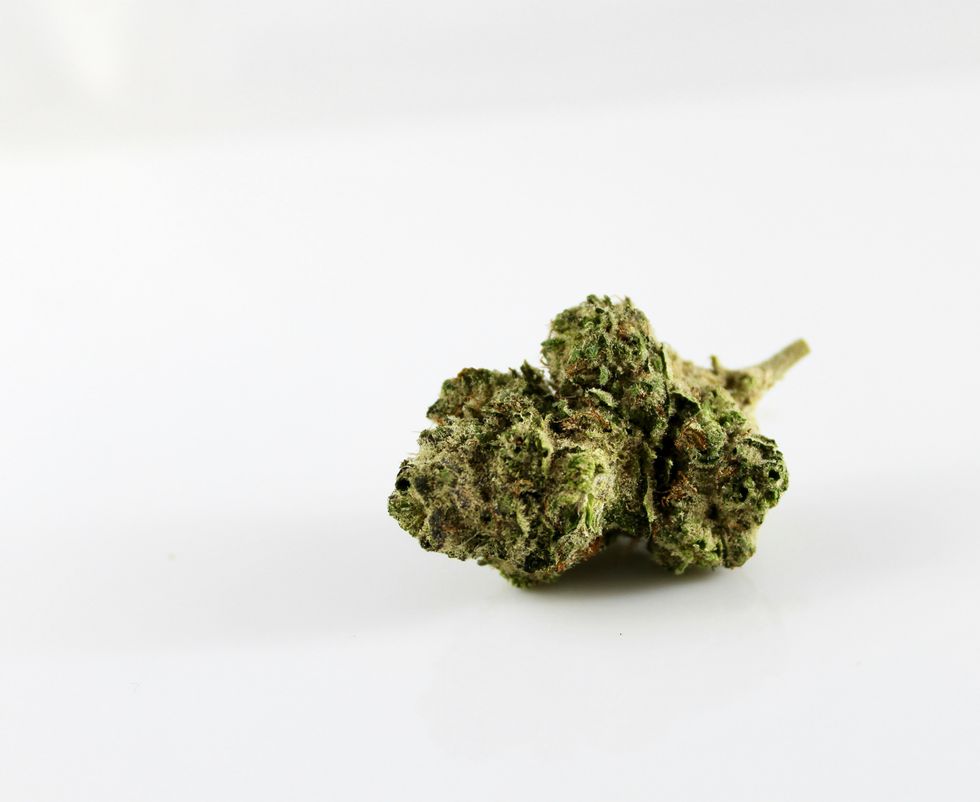
 Stoner Games - Games to Play While High
Stoner Games - Games to Play While High The Best Weed Smoking Games to Play
The Best Weed Smoking Games to Play The Best Weed Smoking Games to Try
The Best Weed Smoking Games to Try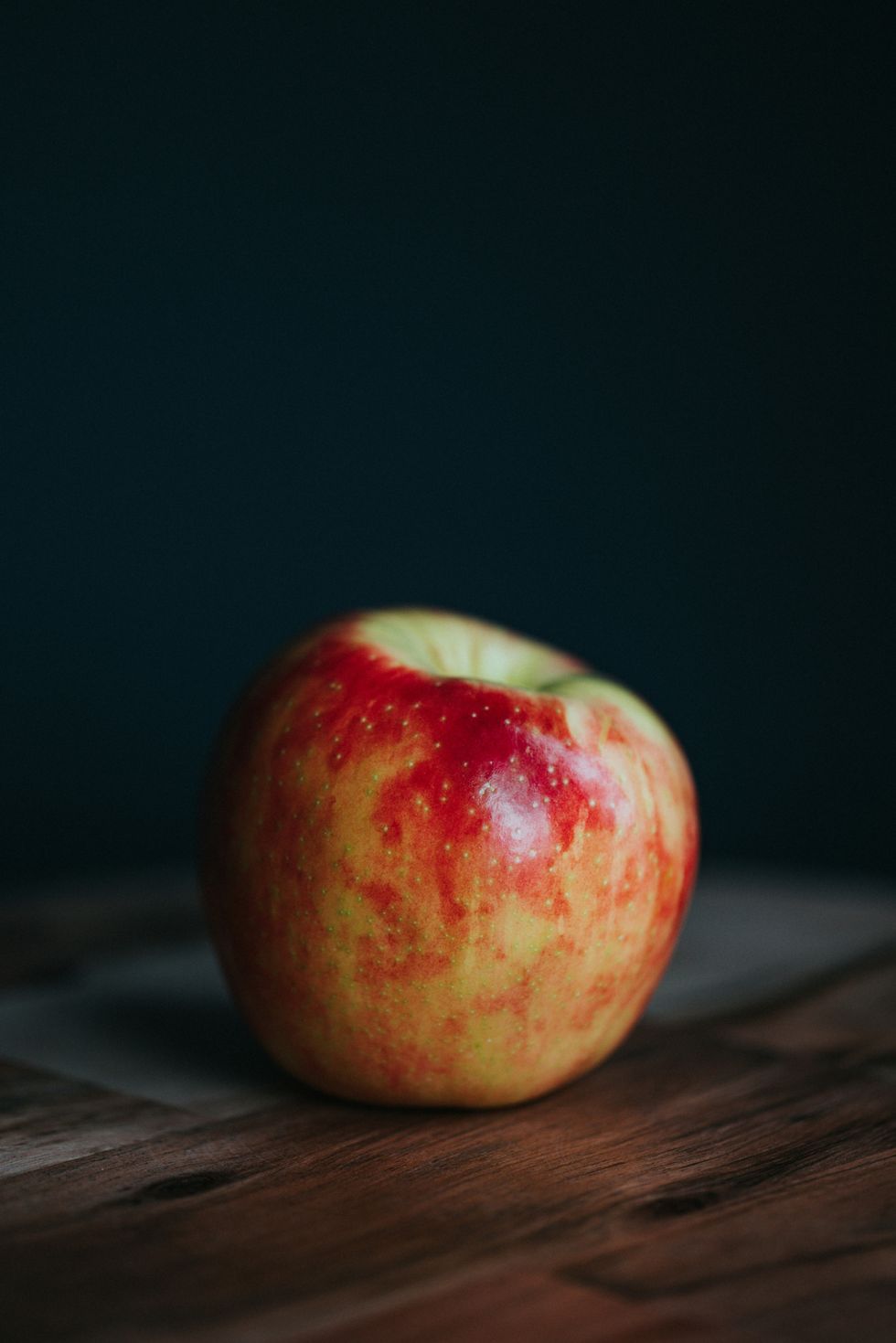
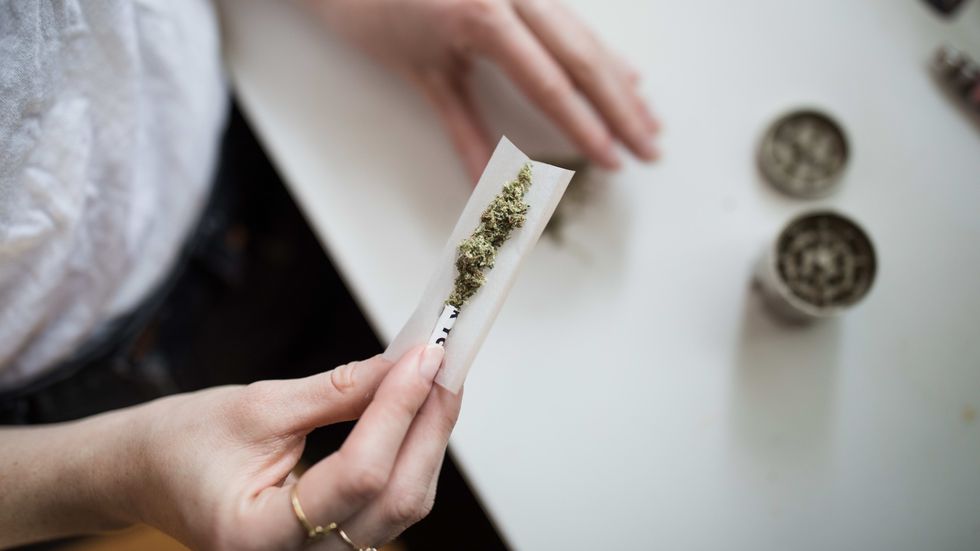 The Best Weed Smoking Games to Try
The Best Weed Smoking Games to Try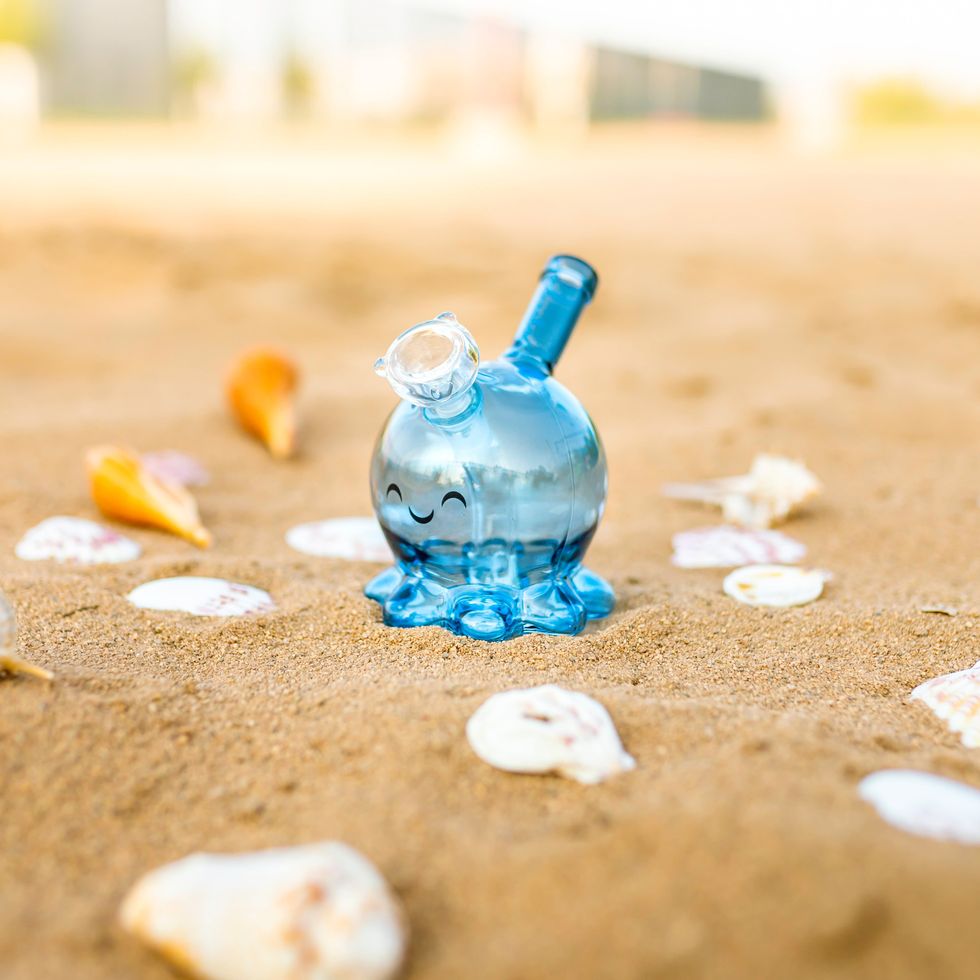
 The Best Weed Smoking Games to Play
The Best Weed Smoking Games to Play The Best Weed Games to Play
The Best Weed Games to Play The Best Weed Smoking Games to Try
The Best Weed Smoking Games to Try The Best Weed Smoking Games to Play
The Best Weed Smoking Games to Play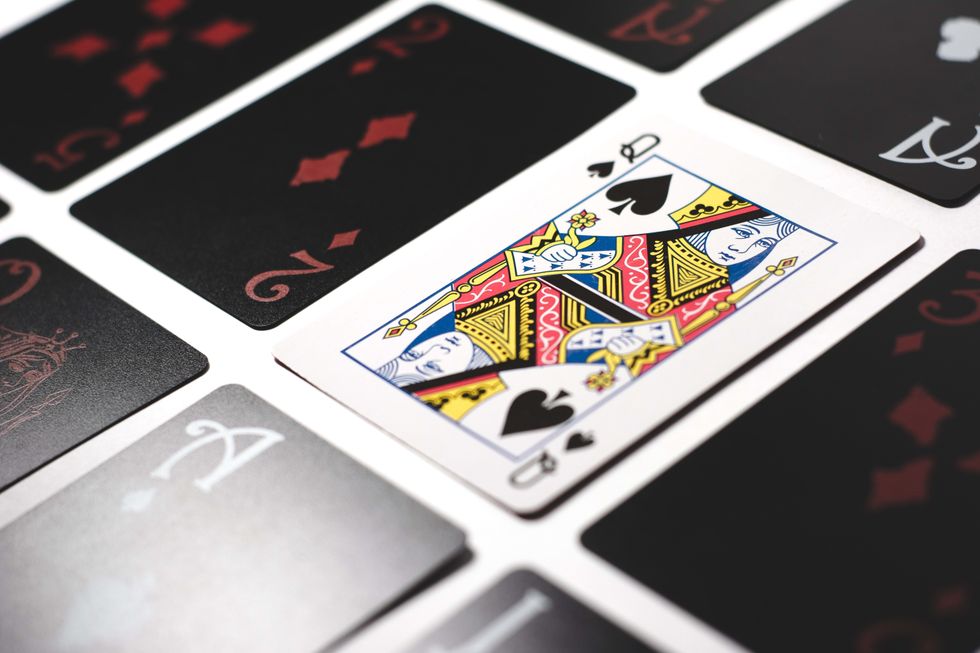 The Best Weed Smoking Games to Try
The Best Weed Smoking Games to Try Games for Stoners
Games for Stoners 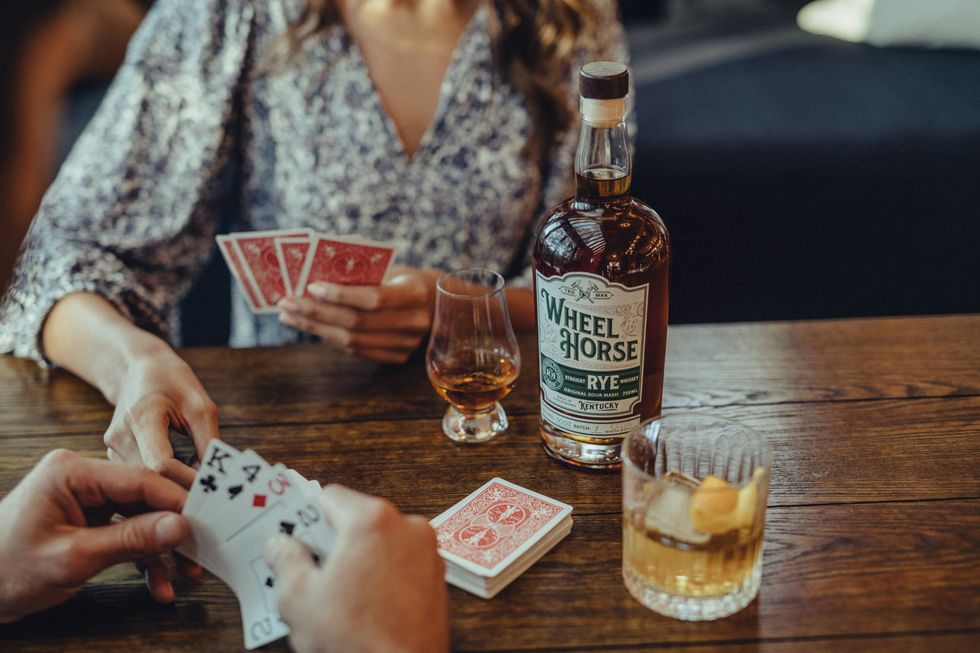 woman in white and blue floral shirt sitting beside woman in white and black floral shirtPhoto by
woman in white and blue floral shirt sitting beside woman in white and black floral shirtPhoto by 
 The Best Weed Smoking Games to Play
The Best Weed Smoking Games to Play
 The Best Weed Smoking Games to Try
The Best Weed Smoking Games to Try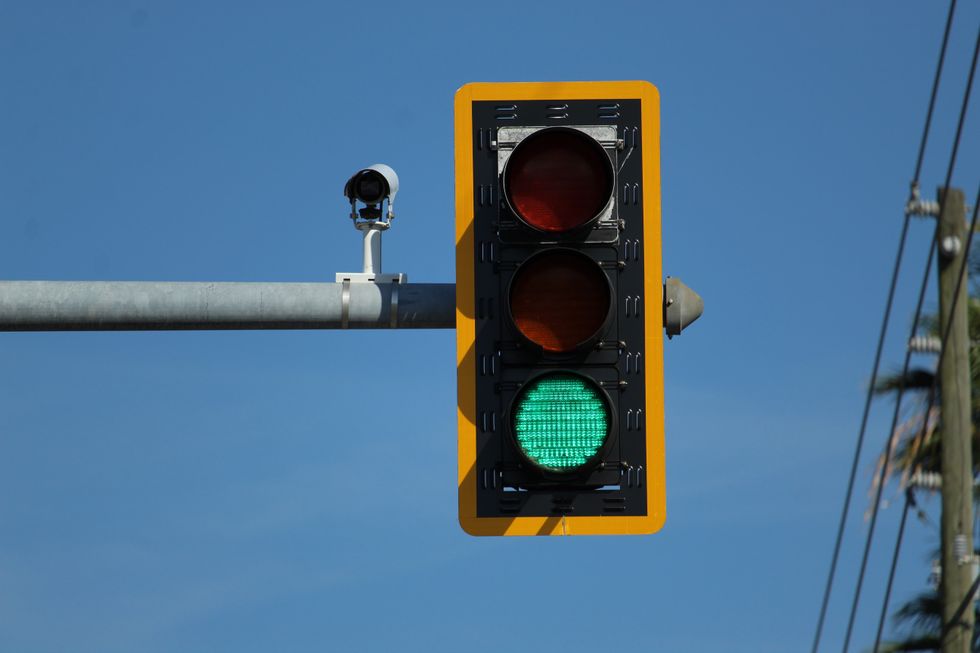 The Best Weed Smoking Games to Try
The Best Weed Smoking Games to Try world map with pinsPhoto by
world map with pinsPhoto by 
 The Best Weed Smoking Games to Try
The Best Weed Smoking Games to Try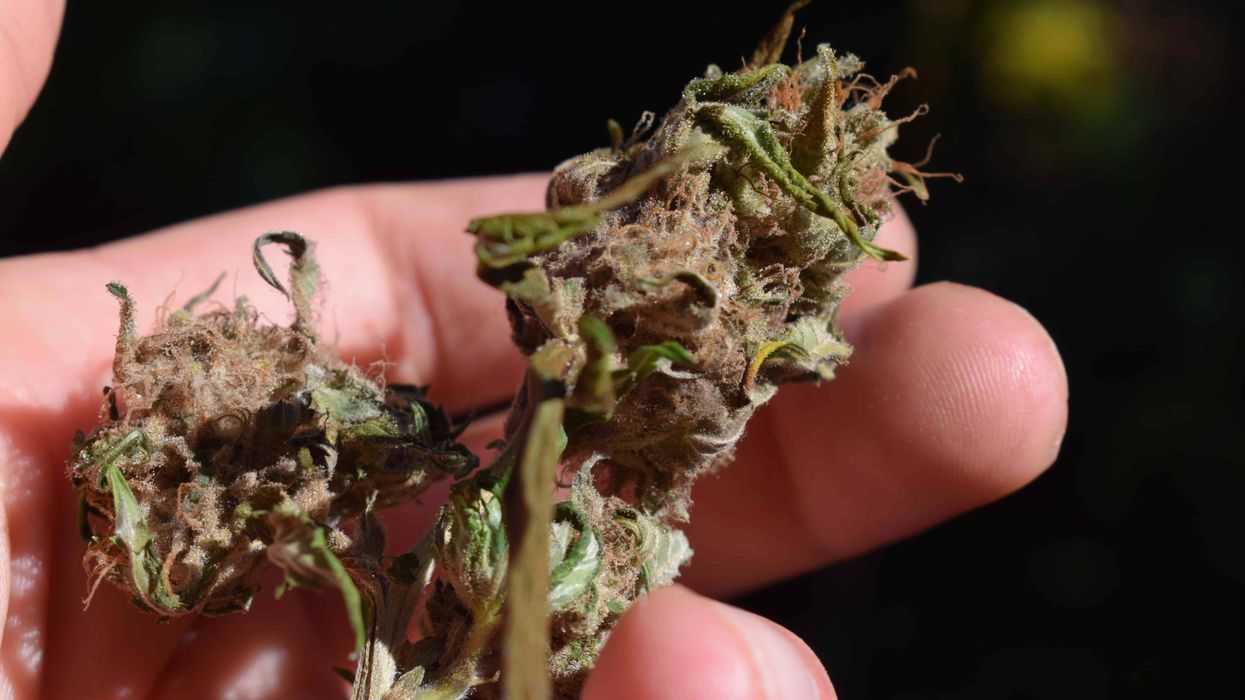
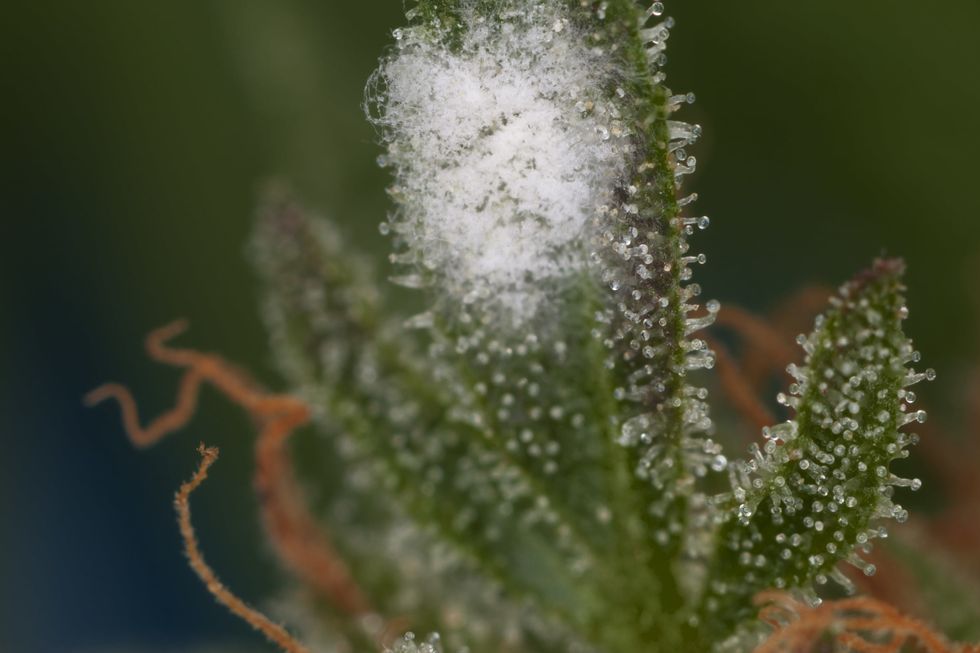 A good picture showing white mold next to cannabis trichomes.
A good picture showing white mold next to cannabis trichomes.
 Recognizing the Signs of Antisocial Behaviors - The Bluntness
Photo by
Recognizing the Signs of Antisocial Behaviors - The Bluntness
Photo by  Weed Makes Me Antisocial: What To Do - The Bluntness
Photo by
Weed Makes Me Antisocial: What To Do - The Bluntness
Photo by